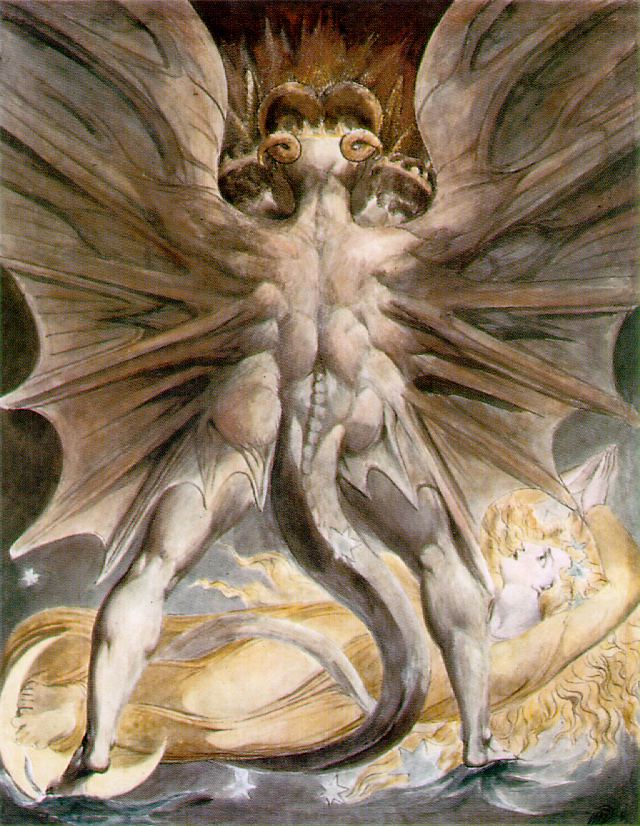

Philosophy 281:
Philosophy of Magic,
Witchcraft, and
The Occult
Truth does not come into the world naked, but clothed in figures and images.
- The Gospel of Philip (Nag
Hammadi Codex 2)
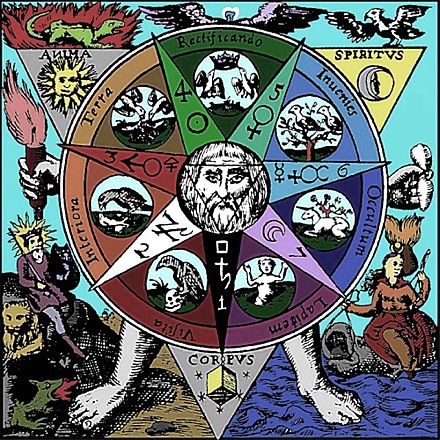
Instructor: Gary Zabel
Department of Philosophy
Office: 035/5th Floor of Wheatley
617-899-8403
gzabel@comcast.net
Course Description
This is a rather unusual course in that it treats magic, witchcraft, and the occult in general as serious topics of philosophical inquiry. We will investigate the magical traditions of Paleolithic hunters, contemporary indigenous peoples, classical Greece and Rome, medieval Judaism, and the European Renaissance as important and more or less disciplined attempts to understand the structure of the cosmos and the place of humankind within it. We will argue that, far from representing irrational or superstitious systems of belief, key esoteric traditions have played a central role in the rise of art in the Old Stone Age, and of philosophy and science in the ancient, and early modern periods. The syllabus is divided into five main sections: 1) The Magic of the Caves; 2) Is Magic Irrational?; 3) Magic and Philosophy in the Ancient World; 4) Jewish Mysticism, Magic, and Philosophy; and 5) Magic and the Origins of the Modern World in the Renaissance. More complete descriptions of these topics follow below. The readings can be accessed simply by clicking on the relevant links in each section.
Requirements
1) 2 in-class exams
2) 2 seven-to-ten page papers
3) Class presentations
4) Regular class attendance and participation
Grading
The exams are averaged together and constitute one-third of your final grade;
the 2 papers are averaged together and constitute another third of the final
grade; class presentations, attendance, and participation are averaged together
and constitute the remaining third of the final grade.
Readings
All readings are on this CD and can be accessed through the links below. You will need Adobe Reader in order to read the PDF files. If you don't already have it, you can get it free at: http://www.adobe.com/products/acrobat/readstep2.html
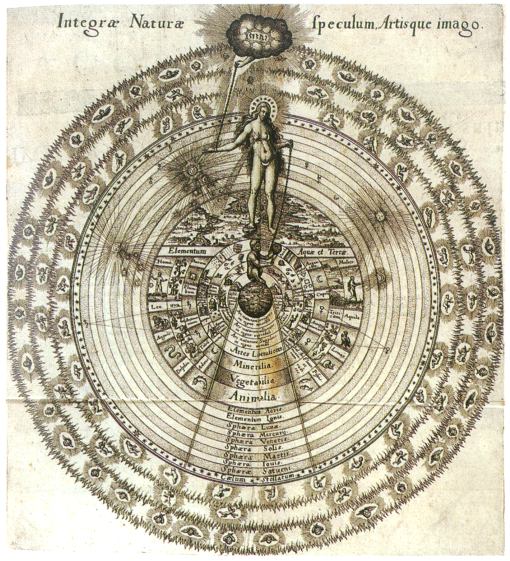
1. The Magic of the Caves
During the final quarter of the nineteenth century and over the course of the twentieth, dozens of caves were discovered in Europe, especially in France and Spain, that served as galleries for the art of the Old Stone Age. From 32,000 to 11,000 years ago, at a time when much of the European continent was covered with glacial ice, early representatives of our species hunted great migratory herds of such game animals as bison, horse, wooly mammoth, and reindeer. In the dark recesses of the caves, often in places very difficult to reach, some of the Ice Age hunters left engravings and paintings on the cave walls that are masterpieces by any standard of aesthetic evaluation. Many of the images are wonderfully realistic depictions of the animals that were hunted during the period as well as the predators that stalked the hunting communities, though others are abstract geometrical representations, sometimes standing alone, and sometimes integrated into the realistic depictions. The meaning and purpose of the cave art has been a topic of heated debate for more than a century. The most important and influential scholar to participate in the early stages of the debate was the priest-archeologist, Abbe Henri Brueil. On the basis of ethnographic parallels with surviving hunting and gathering communities, Breuil argued that the cave paintings and engravings were the result of magical ceremonies meant to insure the rebirth and return of the great migratory herds, as well as successful kills. Though Breuil's thesis dominated discussion in the first half of the twentieth century, it fell into disrepute soon after as mainstream archeologists became skeptical concerning the usefulness of ethnographic parallels between prehistoric peoples and surviving so-called "primitive" societies. Over the past twenty years, however, a new theory of cave art has emerged rehabilitating the magical interpretation. By focusing on abstract geometrical images rather than realistic depictions, the archeologist, David Lewis-Williams, has compared the Old Stone Age cave art of Europe with the cave art of the San Bushman who survived in South Africa into the last century. According to Lewis-Williams, the geometric images painted by the Bushmen record visual hallucinations experienced by their shamans who entered into trance states to negotiate over game with animal spirits, as well as to retrieve the lost souls of the seriously ill. Lewis-Williams argues that the neurological makeup contemporary humans share with the Ice Age hunters justifies the ethnographic parallel, especially since the same geometrical "form-constants" are present in Paleolithic cave art, as well as the much more recent cave art of the San Bushman. In this section of the course, we will examine and evaluate the magical interpretations of cave art developed by Brueil and Lewis-Williams as a way of beginning to understand magic in its relation to religion, art, and altered states of consciousness.
Images of Paleolithic Cave Art
Art, Shamanism, and Entoptic Images
Therianthropes, Shamans, and Sorcerers
Neuroscience of Altered States
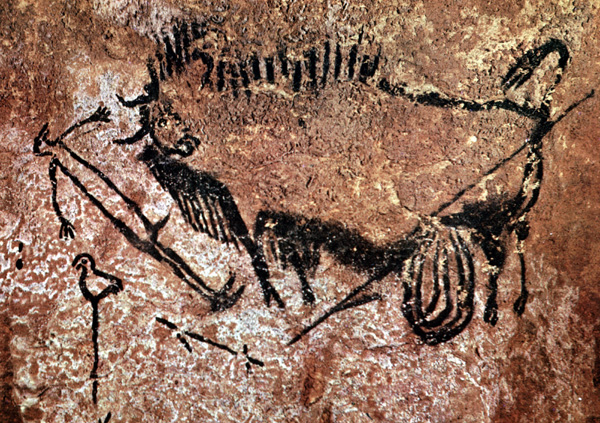
2. Is Magic Irrational?
Globalization is nothing new. In the 15th century, driven by famine, plague, war, and social rebellion, Europe embarked upon a great period of economic and political expansion into Africa, Asia, and the Americas. In the process, it brought into existence a world-market that continues to shatter all traditional forms of life. In the early stages of expansion, Europeans interpreted the peoples they encountered in the framework of the Roman Catholic culture that dominated the Western world. They saw the indigenous peoples as resources to be exploited, of course, but also as souls to be converted and saved, and in that respect as not very different than the pagan folk of the bible or Western Europe's pre-Catholic past. But modern science was born along with the world-market, at first in the form of the sciences of nature and than those of society as well. With the rise of a scientific anthropology in the 18th and 19th centuries, Europeans began to distinguish themselves from indigenous peoples as possessing a rational intelligence that the latter supposedly lacked. The persistence of magical practices in the native cultures of Africa, Asia, and the Americas came to be regarded as the most telling evidence of their failure to achieve the stage of rational development enjoyed by the enlightened elites of Europe and its precocious outpost, the United States.
We begin this section of the syllabus by examining the interpretation of magic in so-called "primitive" societies by three founders of modern anthropology and sociology: James Frazer, Emile Durkheim, and Bronislaw Malinowski. We will pay special attention to the relationship between magic, religion, and scientific rationality in the work of these writers. Finally, by revisiting a famous debate in mid-20th century philosophy and anthropology, we will ask whether the magical beliefs and practices of indigenous cultures are irrational, or if instead they follow standards of rationality appropriate to cultures in which magic is a lived experience.
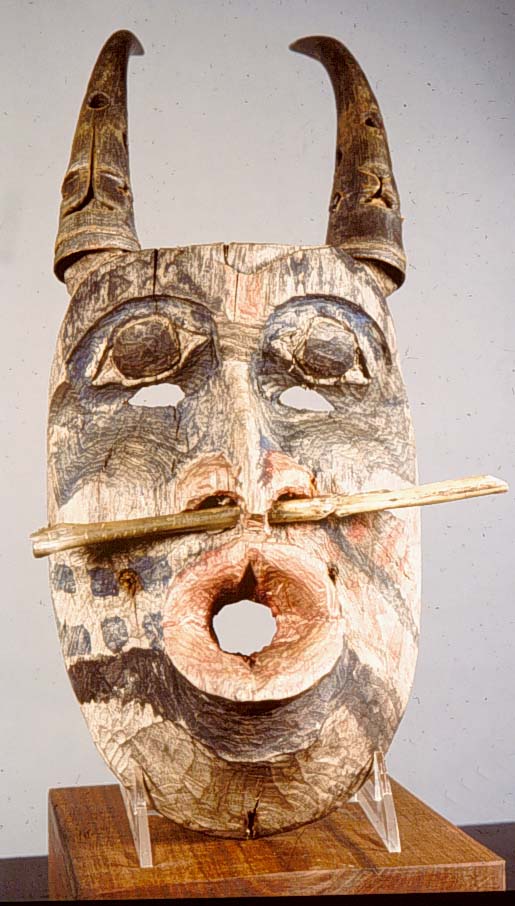
Magic in Classical Anthropology and Sociology
The Debate Over the Rationality of Magic
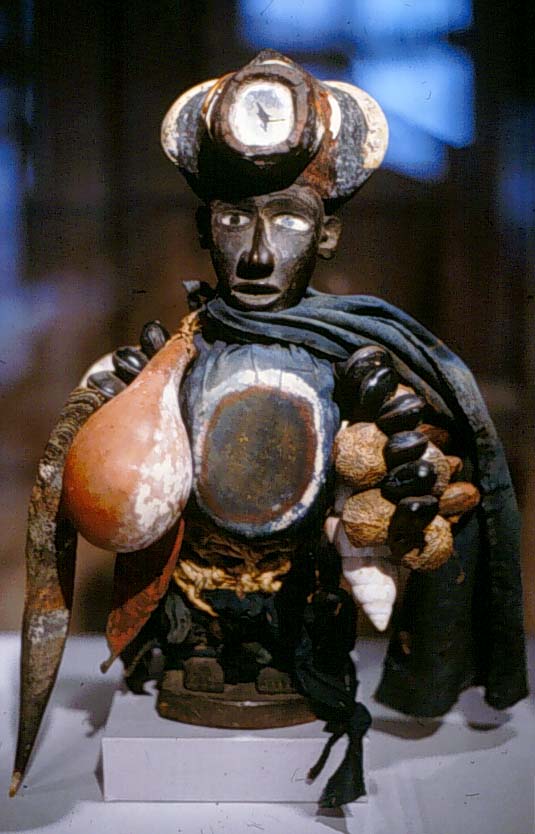
3. Magic and Philosophy in the Ancient World
The anthropological debate over the significance of magic usually assumes that there is a clear distinction between Western reason and magical thinking, whether found among the Azande of the Sudan, the Jivaro of the Amazon, or the medieval peasantry of Europe. But when we examine the emergence of reason in the philosophy of ancient Greece and Rome, that thesis becomes difficult to sustain. The fact is that mathematics, natural science, and philosophical thought were bound up with magic and myth at their origin, and never really lost that connection, especially in the tradition that runs from Pythagoras to the Neo-Platonists. In this part of the syllabus, we will examine the role played by magic in the work of Pythagoras, Empedocles, Plato, and the Neo-Platonic philosophers.
Pay special attention to the selections from Plato, but also to that from Plotinus, which articulates the first developed philosophical theory of magic in the documentary record. The story of Hypatia of Alexandria is also particularly interesting, since this female Neo-Platonic philosopher may have been the first prominent victim of a fundamentalist Christian witch hysteria. Not all Christians, however, were hostile to magic. This section concludes with a reading from the Christian Neo-Platonist, Dionysus the Pseudo-Areopagite, whose book on the angelic hierarchies became a founding text in the tradition of angel magic.
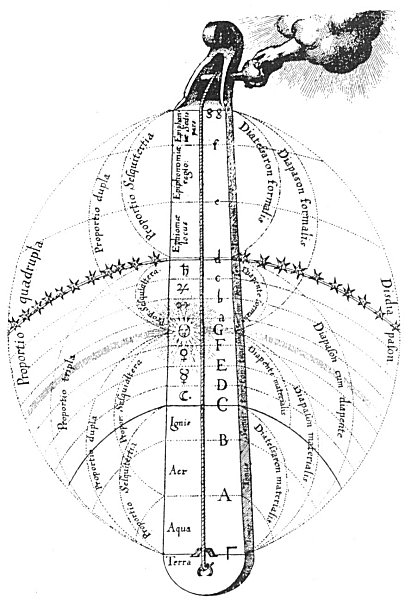
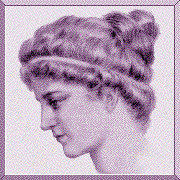
Bohak: Traditions of Magic in Late Antiquity
Hypatia of Alexandria: The Murder of a Neo-Platonic Sorceress?
Selections from Dionysus The Pseudo-Areopagite: On The Celestial Hierarchies
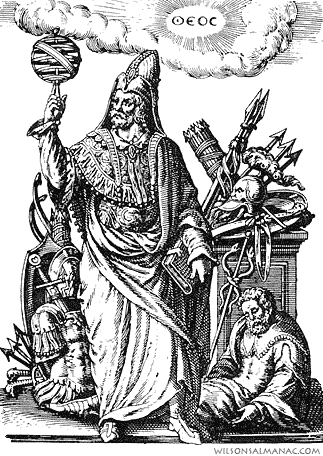
4. Jewish Mysticism, Magic, and Philosophy
Kabbalah is currently a popular topic in the media and other forms of mass culture, in part because of the association of such celebrities as Madonna and Britney Spears with a watered-down and highly commercialized version of the tradition. Kabbalah in its authentic form, however, represents one of the most profound expressions of the human desire for direct experience of an Absolute. An Absolute - "God" in religious language - is an Infinite origin and sustaining principle of all finite being and value, a "highest object" of knowledge and desire. Products of the Jewish exile in medieval France, Italy, and Spain, the Kabbalists regarded the Five Books of Moses (the Torah) as a mysterious symbol of the hidden life of God. For God, while eternal, is not static; He develops through a process of internal unfolding marked by crisis and conflict. The dynamic life-process of the Divine is also obscurely reflected in every aspect of creation: the visible world of nature, the inner world of the individual human soul, and the moral life of the community. In developing their methods of textual interpretation, meditation, and prayer, the Kabbalists drew heavily from the Neo-Platonic philosophers we have already studied. But these sages also incorporated the magical practices and beliefs of the common people into their sublime and learned version of mystical Judaism.
We begin by examining "Throne Mysticism" in the biblical book of Ezekiel, as well as the book of Enoch, never itself accepted into the biblical canon. These two scriptural sources inspired meditative disciplines dedicated to guiding the soul in a dangerous ascent, replete with magical instruments and passwords, through the seven heavens to a vision of God seated upon His throne. Accounts of such soul-journeys stress the paradoxical character of the Divine King, whose body is dimensionally infinite, vastly exceeding the understanding of the soul that is nevertheless so powerfully drawn to it. Throne Mysticism was both incorporated and surpassed by Kabbalism properly so-called. In the remainder of this section of the syllabus, we examine the symbolism of fully developed Kabbalah, which influenced the metaphysical absolutism of such important later philosophers as Spinoza, Schelling, and Hegel.
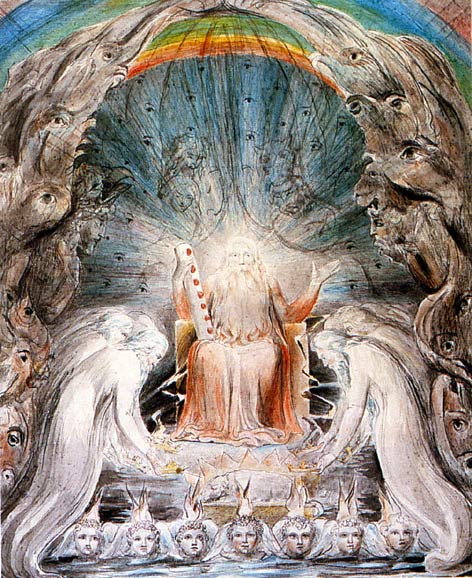
Hamblin: Temple Motifs in Jewish Mysticism
The Ethiopian Book of Enoch, 1
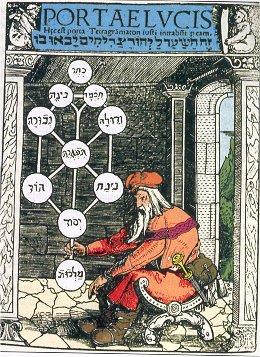
Drob: Basic Concepts of Kabbalah
Levine: Amulets, Letter Magic, and The Golem
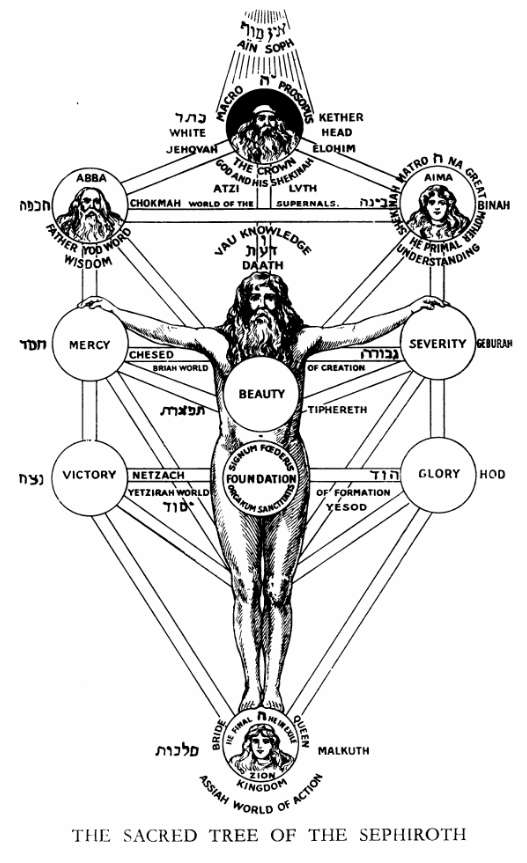
5. Magic and the Origins of the Modern World in the Renaissance
The Renaissance marks the transition between medieval and modern Europe by way of a paradoxical revival of classical antiquity. The rediscovery of Platonic writings that had been lost to the West for centuries stimulated the development of a new Humanism in philosophy, on the one hand, and a mathematical science of nature on the other. Strangely, both of these developments were bound up with a revitalization of age-old esoteric traditions. The writings of the fabled magus, Hermes Trismegistus, were discovered at the same time as the lost writings of Plato and Plotinus as a result of Western contact with Byzantium and the Arab world. The Hermetic texts were written in the third century of the Common Era, but the Renaissance translators mistakenly dated them to Old Testament times. The writings were attributed to an Egyptian contemporary of Moses who supposedly transmitted his magical wisdom to the Jewish patriarch, while they were in fact the creation of several writers who lived more than a thousand years later, at a time when Judaism, Neo-Platonism, and early Christianity were fusing in many fascinating combinations, all of a more less occult character. Under the influence of the writings, the most important philosophers of the Italian Renaissance - Marsilio Ficino, Pico della Mirandola, and Giordano Bruno - became neo-Hermetic magicians. At the same time, the rediscovery of Plato's writings, as well, as some of the fragments of the Pythagorean school, led to a new appreciation of mathematics as a key to understanding the cosmos.
In this section of the syllabus, we examine the link between Renaissance humanism and Hermetic magic in the work of Marsilio Ficino, Pico della Mirandola, Giordano Bruno, and Henry Cornelius Agrippa. We also investigate the role Pythagorean number mysticism played in the work of Johannes Kepler, one of the key founders of modern physics and cosmology. Finally we examine the great European witch trials in their Renaissance context, characterized as it was by the social and economic dislocation that accompanied the rise of the world market, as well as the flourishing of Neo-Platonic and Kabbalist magic.
The Revival of Learned Magic
Pico Della Mirandola: Oration On The Dignity of Man
Marsilio Ficino: Selections From Three Books On Life
Henry Cornelius Agrippa: Selections from Three Books of Occult Philosophy
Giordano Bruno: On Magic and A General Account of Bonding
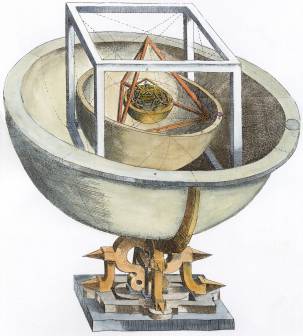
Kepler and The Rise of Modern Physics
Lahanas: Plato's Mathematical Model of The Universe
Platonic Solids and Plato's Theory of Everything
Dume: Is The Universe A Dodecahedron?
MacTutor History of Mathematics Archive: Kepler
Excerpts from Kepler's Astrological Writings
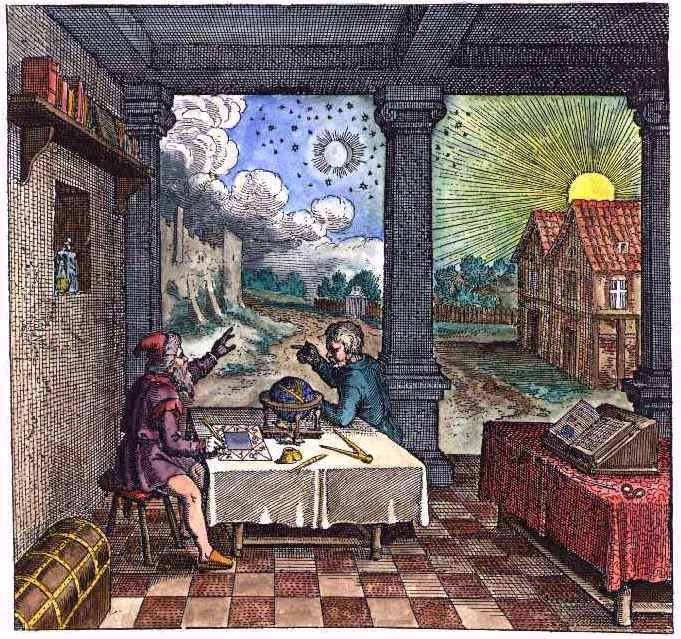
Demonology and The Witch Trials
Innocent VIII: Bull Summis Desiderantes
Selections from Sprenger and Kramer: Malleus Maleficarum
King James I of Scotland: The Demonologie
Selections from Murray: The Witch Cult in Western Europe
Primary Historical Source Material
